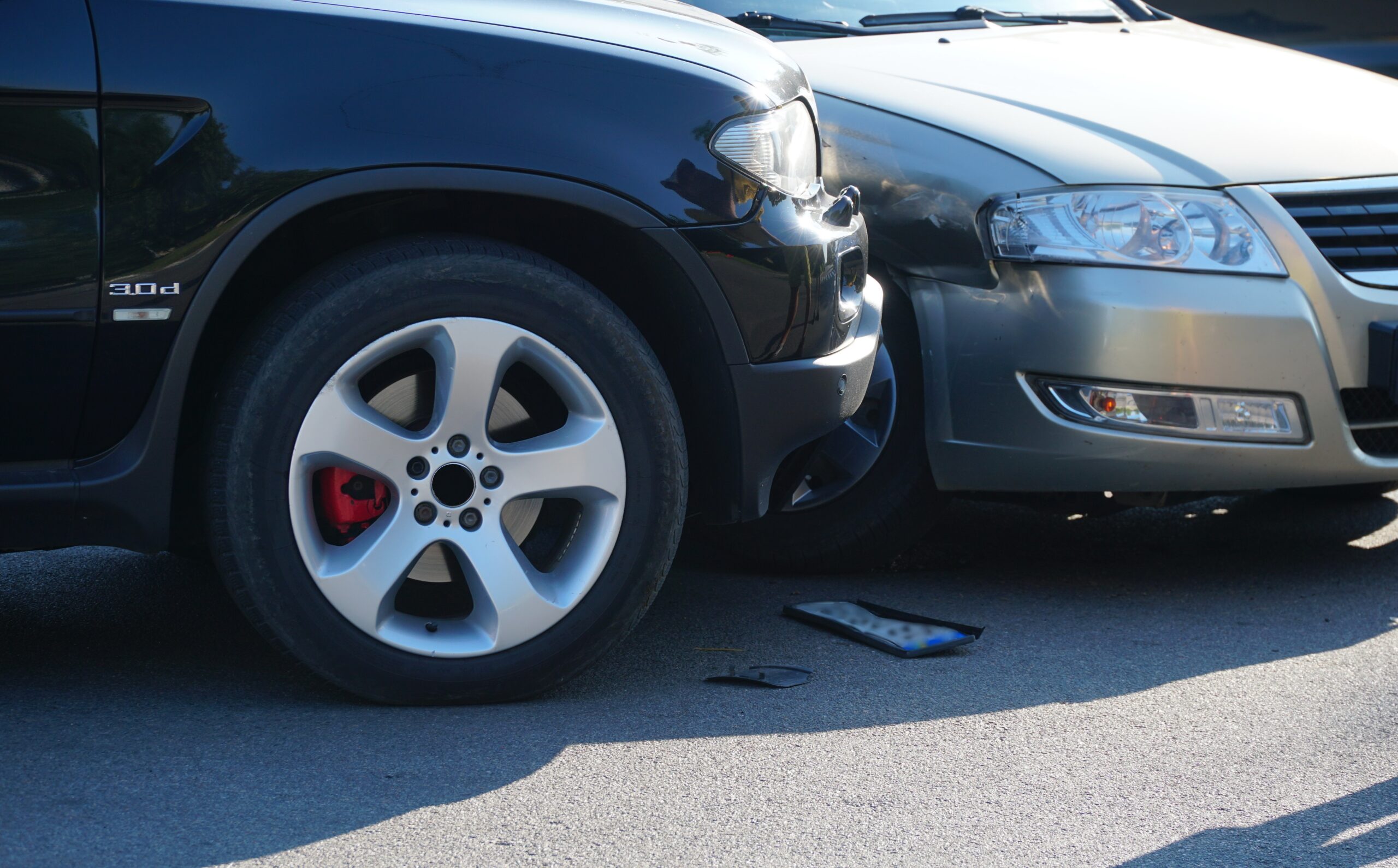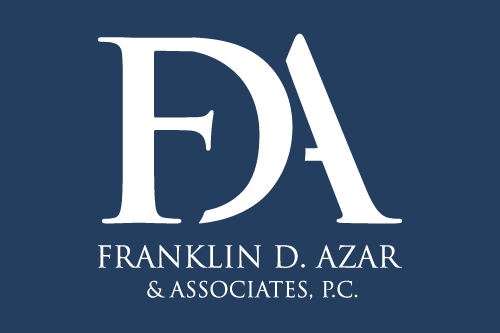Being involved in a hit-and-run accident can be an overwhelming experience, leaving victims unsure of what steps to take next. The shock of the incident, combined with the uncertainty of the other driver’s identity, can add a layer of stress and confusion. However, take the right actions immediately after the accident for your safety and the potential legal proceedings that may follow. Fort Collins car accident lawyers can help guide you through the process, ensuring you understand your rights.
Here are some important steps after a hit-and-run accident to protect your rights and increase your chances of receiving the compensation you deserve.
Fort Collins Car Accident Guide
- 1. Ensure Safety and Seek Medical Attention
- 2. Call the Police
- 3. Gather Evidence at the Scene
- 4. Contact Your Insurance Company
- 5. Understand Your Insurance Coverage
- 6. Follow Up on the Police Investigation
- 7. Keep Detailed Records
- 8. Consider Legal Assistance
- 9. Protect Your Rights
- 10. Stay Informed and Patient
- 11. Emotional and Psychological Impact
- 12. Consider Victim Compensation Programs
- 13. Be Patient and Persistent
- 14. Prepare for Different Outcomes
- 15. Learn from the Experience
- Contact a Lawyer to Discuss Your Case for Free
1. Ensure Safety and Seek Medical Attention
The first and most important step after any car accident, including a hit-and-run, is to ensure the safety of everyone involved. If your vehicle is in a dangerous position, such as in the middle of a busy road, try to move it to the side if it’s safe. Turn on your hazard lights to alert other drivers and prevent further accidents.
Once you’re in a safe location, check yourself and any passengers for injuries. Even if you don’t feel hurt immediately, it’s important to seek medical attention as soon as possible. Some injuries, like whiplash or internal trauma, may not manifest symptoms until hours or even days after the accident. A medical evaluation ensures your well-being and provides documentation that may be crucial if you decide to pursue a legal claim later on.
2. Call the Police
After ensuring safety, contact the police immediately to report the hit-and-run accident. Provide them with as much information as possible, including the time and location of the accident, a description of the other vehicle (such as make, model, color, and license plate number if available), and any details about the driver. Ask any witnesses to stay and provide their statements to the police.
Filing a police report is critical in hit-and-run cases, as it creates an official accident record. This report will be necessary when filing an insurance claim and can also aid law enforcement in their search for the fleeing driver.
3. Gather Evidence at the Scene

While waiting for the police to arrive, gather as much evidence as possible from the scene. If possible, take photographs of your vehicle, the surrounding area, and any visible injuries you or your passengers sustained. These photos can serve as crucial evidence in your case, providing a visual record of the damage and the conditions at the time of the accident.
If there were any witnesses to the accident, obtain their contact information. Their statements can be invaluable in corroborating your account of the incident. Additionally, make a note of any nearby businesses or residences with security cameras. The footage from these cameras might have captured the hit-and-run and you could use it to identify the driver or vehicle involved.
4. Contact Your Insurance Company
Once you report the accident to the police and gather evidence, contact your insurance company to inform them of the hit-and-run. Even if you haven’t identified the at-fault driver, notify your insurer immediately. Most insurance policies require prompt reporting of accidents, and delaying this could affect your ability to file a claim.
When speaking with your insurance company, provide them with all the details you gathered, including the police report number, photographs, and witness information. Your insurance agent will guide you through the next steps, which may include filing a claim under your uninsured motorist coverage if the at-fault driver cannot be identified.
5. Understand Your Insurance Coverage
Understanding your insurance policy is crucial when dealing with the aftermath of a hit-and-run accident. Many people are unaware of what their policy covers, especially with an unidentified driver.
Uninsured motorist (UM) coverage protects you when the at-fault driver either doesn’t have insurance or you cannot identify them, as in a hit-and-run. This coverage can pay medical bills, property damage, and other expenses resulting from the accident. Some policies also include underinsured motorist (UIM) coverage, which comes into play if the at-fault driver’s insurance can’t cover all of your losses.
If you’re unsure about your coverage or how to proceed with a claim, consider consulting an attorney who handles personal injury and car accident cases. They can navigate the complexities of your insurance policy and ensure you receive the compensation you deserve.
6. Follow Up on the Police Investigation
After filing the initial police report, stay in touch with the investigating officer or department. Follow up regularly to check on the progress of the investigation and provide any additional information that may come to light. For example, if you later discover surveillance footage or if a witness remembers additional details, inform the police.
Stay proactive and engage with the investigation to increase the chances of identifying the at-fault party. If the driver is found, you may pursue legal action against them directly, in addition to any insurance claims.
7. Keep Detailed Records
Throughout the process, keep meticulous records of everything related to the accident.
This includes:
- Medical Records: Document all medical visits, treatments, and any related expenses. Keep copies of bills, prescriptions, and any other documentation that shows the extent of your injuries and the costs incurred.
- Vehicle Repair Estimates: Obtain repair estimates for the damage to your vehicle. Even if you initially pay out of pocket, these records are important for your insurance claim or any potential legal action.
- Communication Logs: Keep a record of all communications with your insurance company, the police, and any attorneys you consult. This includes emails, letters, and notes from phone calls.
A comprehensive record of the accident and its aftermath will be invaluable if you need to file a lawsuit or negotiate with your insurance company.
8. Consider Legal Assistance
 Hit-and-run accidents can be legally complex, especially when the at-fault driver cannot be identified. Having an experienced personal injury attorney on your side can make a significant difference in these cases.
Hit-and-run accidents can be legally complex, especially when the at-fault driver cannot be identified. Having an experienced personal injury attorney on your side can make a significant difference in these cases.
An attorney can help you:
- Navigate the Insurance Claim Process: They can assist in filing your claim, ensuring that you meet all deadlines and that your rights are protected throughout the process.
- Pursue Additional Compensation: If the hit-and-run driver is identified, your attorney can help you pursue legal action against them to recover damages not covered by insurance.
- Negotiate with Insurance Companies: Insurance companies may try to minimize your claim or deny it altogether. An attorney can negotiate on your behalf to ensure you receive fair compensation.
9. Protect Your Rights
After a hit-and-run accident, protect your rights and avoid actions that could harm your case.
Here are a few tips:
- Don’t Admit Fault: Even if you feel partially responsible for the accident, avoid admitting fault or making statements that the insurance company could interpret as such. Leave determining fault to the professionals.
- Be Cautious with Social Media: Avoid discussing the accident or your injuries on social media. The insurance company will use anything you post against you in legal proceedings.
- Follow Medical Advice: Adhering to your doctor’s recommendations is crucial for your recovery and documenting the extent of your injuries. If you fail to follow prescribed treatments, the insurance company could argue that your injuries aren’t as severe as claimed.
10. Stay Informed and Patient
Throughout this lengthy and frustrating time, stay informed and patient.
Keep in regular contact with your attorney and insurance company so you understand each step. It’s often in your best interest to wait until you’ve fully understood the extent of your injuries and the long-term impact they may have on your life before you accept a settlement.
11. Emotional and Psychological Impact
Victims of hit-and-run accidents may experience emotional and psychological trauma. The shock of an accident, combined with the uncertainty and frustration of the other driver fleeing the scene, can leave lasting effects. Some people may experience anxiety, depression, or even symptoms of post-traumatic stress disorder (PTSD) following such an incident.
If you find yourself struggling emotionally after a hit-and-run accident, seek support. This could involve talking to a mental health professional, joining a support group, or confiding in friends and family. Your mental health is just as important as your physical recovery, and addressing it early can help you cope more effectively with the aftermath of the accident.
12. Consider Victim Compensation Programs
It’s against the law in Colorado to leave the scene of a car accident you’re involved in. Many states, like Colorado, have victim compensation programs that can provide financial assistance to victims of crimes, including hit-and-run accidents.
These programs may help cover:
- Medical expenses
- Lost wages
- Funeral expenses in cases of fatality
Contact the Colorado Victim Compensation office to learn eligibility requirements and how to apply.
13. Be Patient and Persistent
Resolving a hit-and-run case can take time, especially if law enforcement is still trying to identify the responsible driver.
Stay patient but persistent in following up on your case. Keep in regular contact with:
- The police department
- Your insurance company
- Your attorney (if you’ve hired one)
Remember that investigations can be complex and time-consuming. Law enforcement may need to review surveillance footage, interview witnesses, or wait for forensic evidence to be processed. While it’s natural to feel frustrated by delays, understand that thorough investigations often yield better results.
At the same time, don’t be afraid to be your own advocate. If you haven’t heard any updates in a while, it’s okay to reach out and politely inquire about the status of your case. Sometimes, a gentle reminder can help keep your case from falling through the cracks in a busy system.
If you feel your case isn’t receiving the attention it deserves, don’t hesitate to escalate your concerns through appropriate channels. This might involve speaking with a supervisor at the police department or consulting a personal injury attorney who can advise you on additional steps you might take to move your case forward.
14. Prepare for Different Outcomes
As your case progresses, be prepared for various possible outcomes:
The hit-and-run driver is identified:
- You may be able to file a claim against their insurance
- Criminal charges may be brought against the driver
The driver is not found:
- You’ll likely need to rely on your own insurance coverage
- Uninsured motorist coverage may come into play
Partial identification:
- Even if the driver isn’t fully identified, partial information might help your case
Each scenario presents different challenges and opportunities, so stay flexible and open to advice from legal professionals.
15. Learn from the Experience
Once your case resolves, take some time to reflect on the experience and consider ways to protect yourself in the future:
- Review and possibly increase your insurance coverage
- Install a dashcam in your vehicle
- Be more aware of your surroundings while driving
While you can’t prevent every accident, being prepared can make a significant difference if you ever find yourself in a similar situation again.
Contact a Lawyer to Discuss Your Case for Free
Dealing with the aftermath of a hit-and-run accident can be overwhelming, but following these steps can protect your rights and increase your chances of a favorable outcome. Remember to prioritize your safety, gather as much information as possible, and don’t hesitate to seek professional legal help.
If you’ve been the victim of a hit-and-run accident in Colorado, the experienced Fort Collins personal injury lawyer team at Frank Azar Car & Truck Accident Lawyers. can help. With offices throughout the state and a proven track record of success in personal injury cases, we can guide you through the complex process of seeking compensation for your injuries and damages. Contact us today at (303) 757-3300 or through our online form for a free consultation, and let us fight for the justice you deserve.




